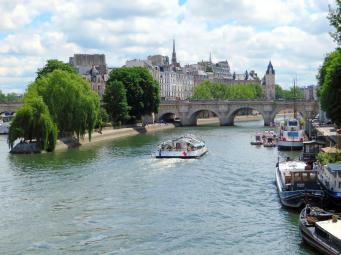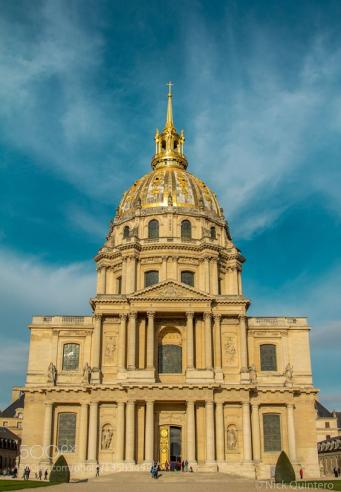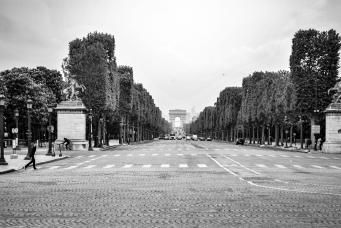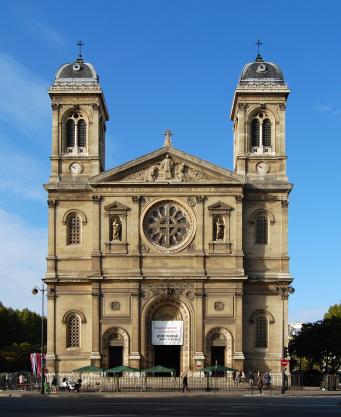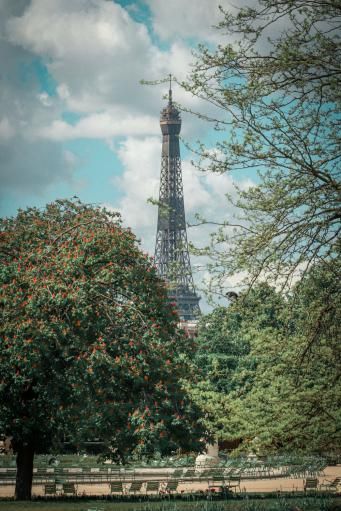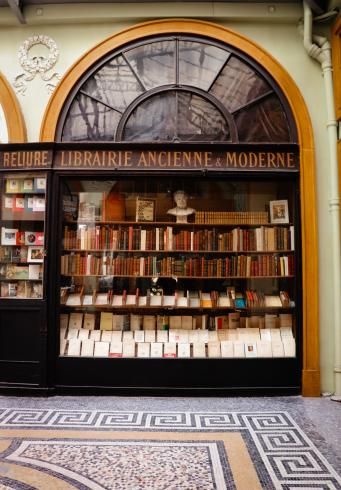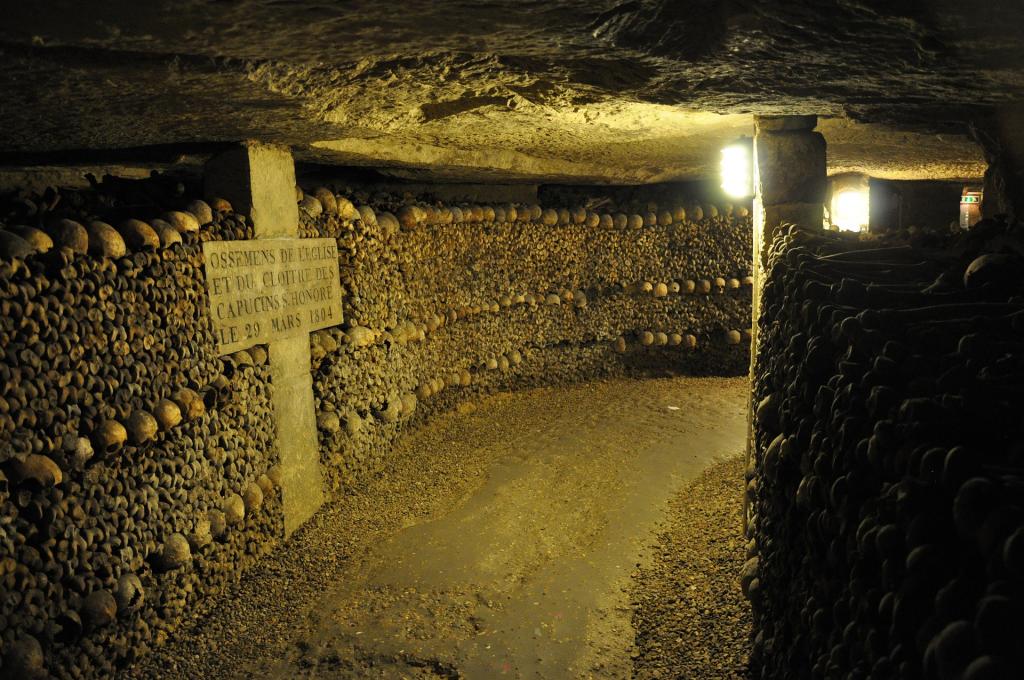
The catacombs
Categories : Paris, published on : 9/15/22
The catacombs were created following major sanitation problems in the city's cemeteries. The decision was therefore made to transfer the bones to a quarry outside the city.
The first evacuations took place from 1785 to 1787 and concerned the main cemetery of Paris, the Saints-Innocents.
The bones were transferred at night to avoid unfavorable reactions from the population and the Church. The bones were then distributed and piled up in the galleries of the quarry.
These transfers resumed thereafter and continued until 1814 with the suppression of parish cemeteries in the center of Paris such as Saint-Eustache, Saint-Nicolas-des-Champs and the Bernardins convent. Then the work began again during the urban planning of Louis Philippe and during the Haussmannian construction of the capital.
In April 1786, the site was named "Municipal Ossuary of Paris".
In 1809, the site was opened to the public and the visits were soon very successful.
In 1860, the last deposits of bones were made during the Haussmannian urban planning works.
Today, the catacombs are open to all and welcome nearly 550,000 visitors each year.

